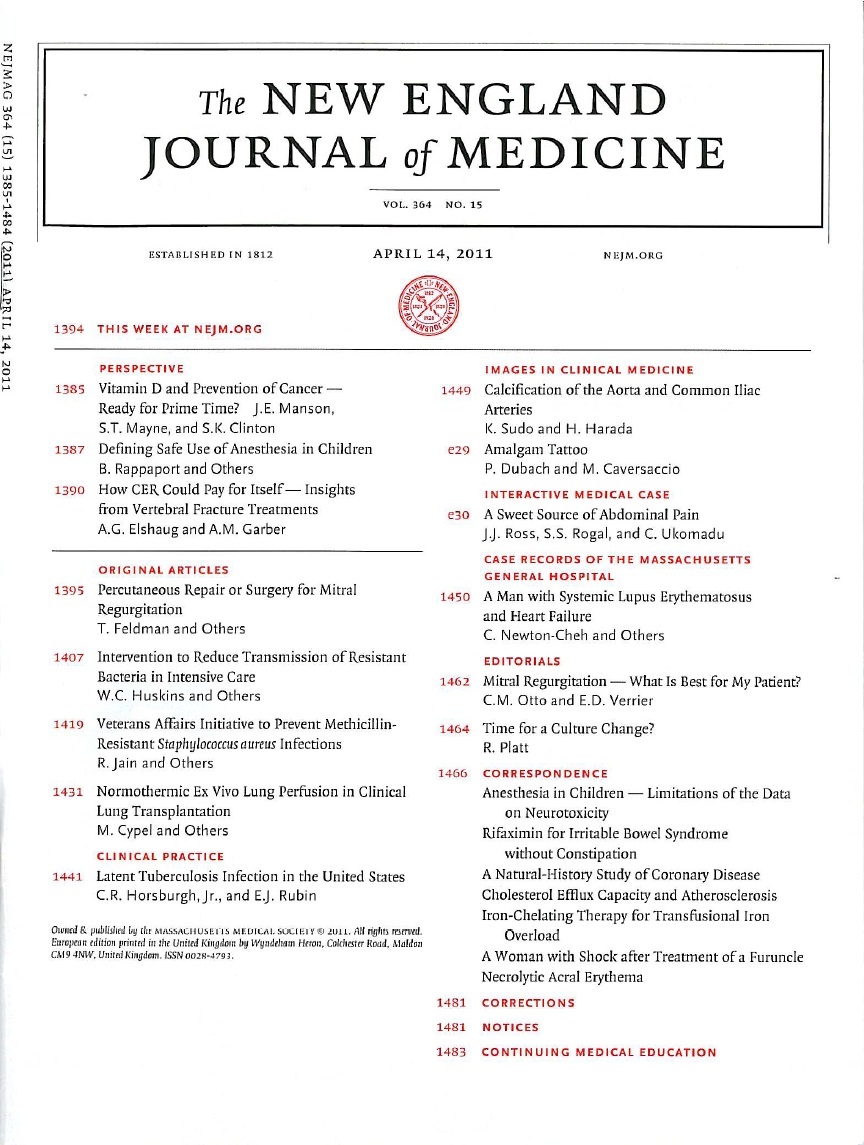
POISE 2 (Part 1): The safety and efficacy of aspirin following non-cardiac surgery

POISE 2 (Part 1): The safety and efficacy of aspirin following non-cardiac surgery
Aspirin in patients undergoing noncardiac surgery
N Engl J Med. 2014 Apr 17;370(16):1494-503. doi: 10.1056/NEJMoa1401105. Epub 2014 Mar 31Synopsis
10,010 patients with, or at risk for, major vascular disease, and undergoing non-cardiac surgery were randomized to receive either aspirin or placebo (both with and without clonidine) as part of the Perioperative Ischemic Evaluation 2 (POISE-2) trial. This report, Part 1, summarizes the data pertaining to the safety and efficacy of aspirin, while clonidine-related data is summarized in Part 2. Res...
To view the full content, login to your account,
or start your 30-day FREE Trial today.
FREE TRIAL
LOGIN
Forgot Password?
Explore some of our unlocked ACE Reports below!

Learn about our AI Driven
High Impact Search Feature
Our AI driven High Impact metric calculates the impact an article will have by considering both the publishing journal and the content of the article itself. Built using the latest advances in natural language processing, OE High Impact predicts an article’s future number of citations better than impact factor alone.
Continue



 LOGIN
LOGIN

Join the Conversation
Please Login or Join to leave comments.